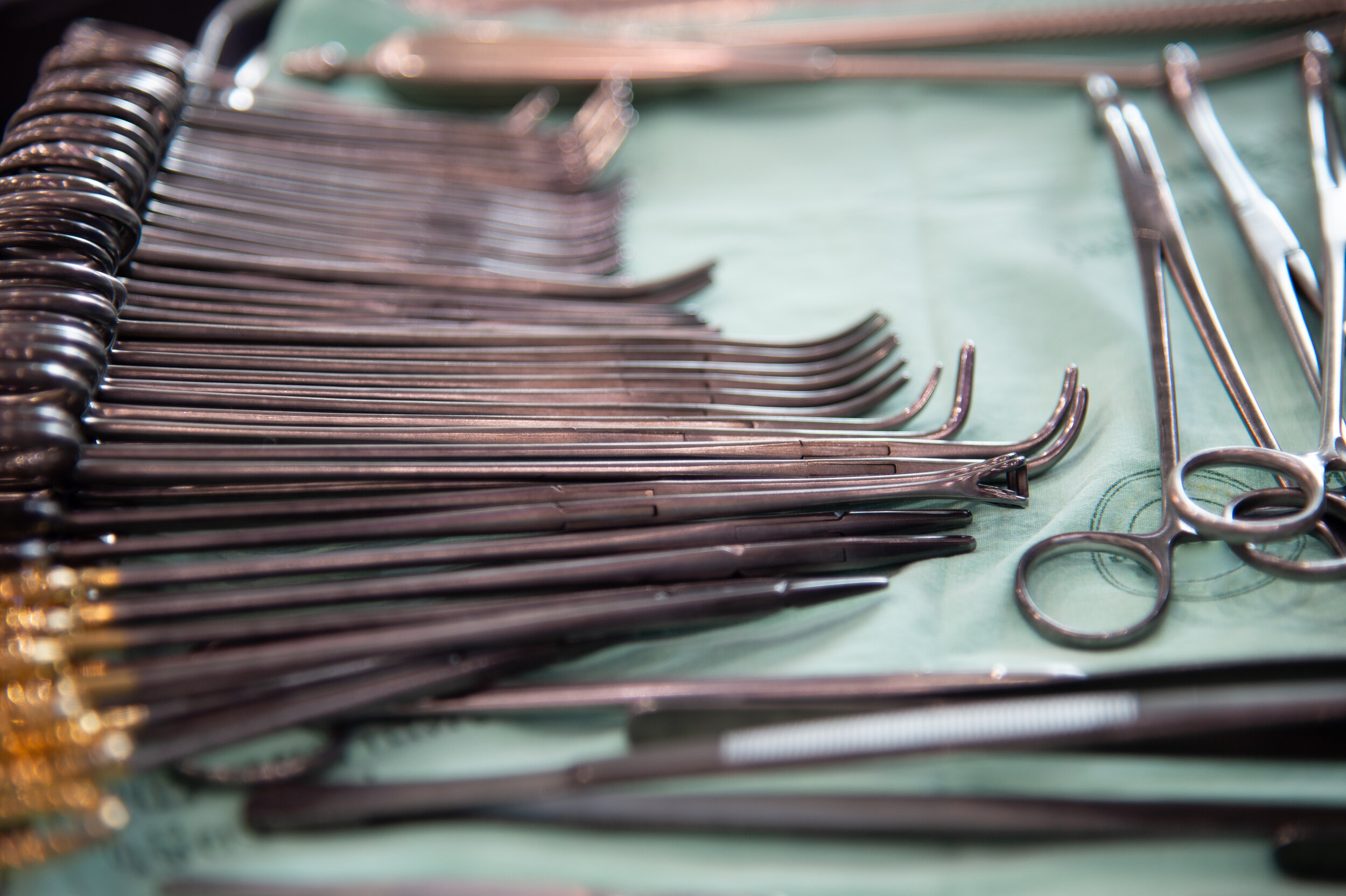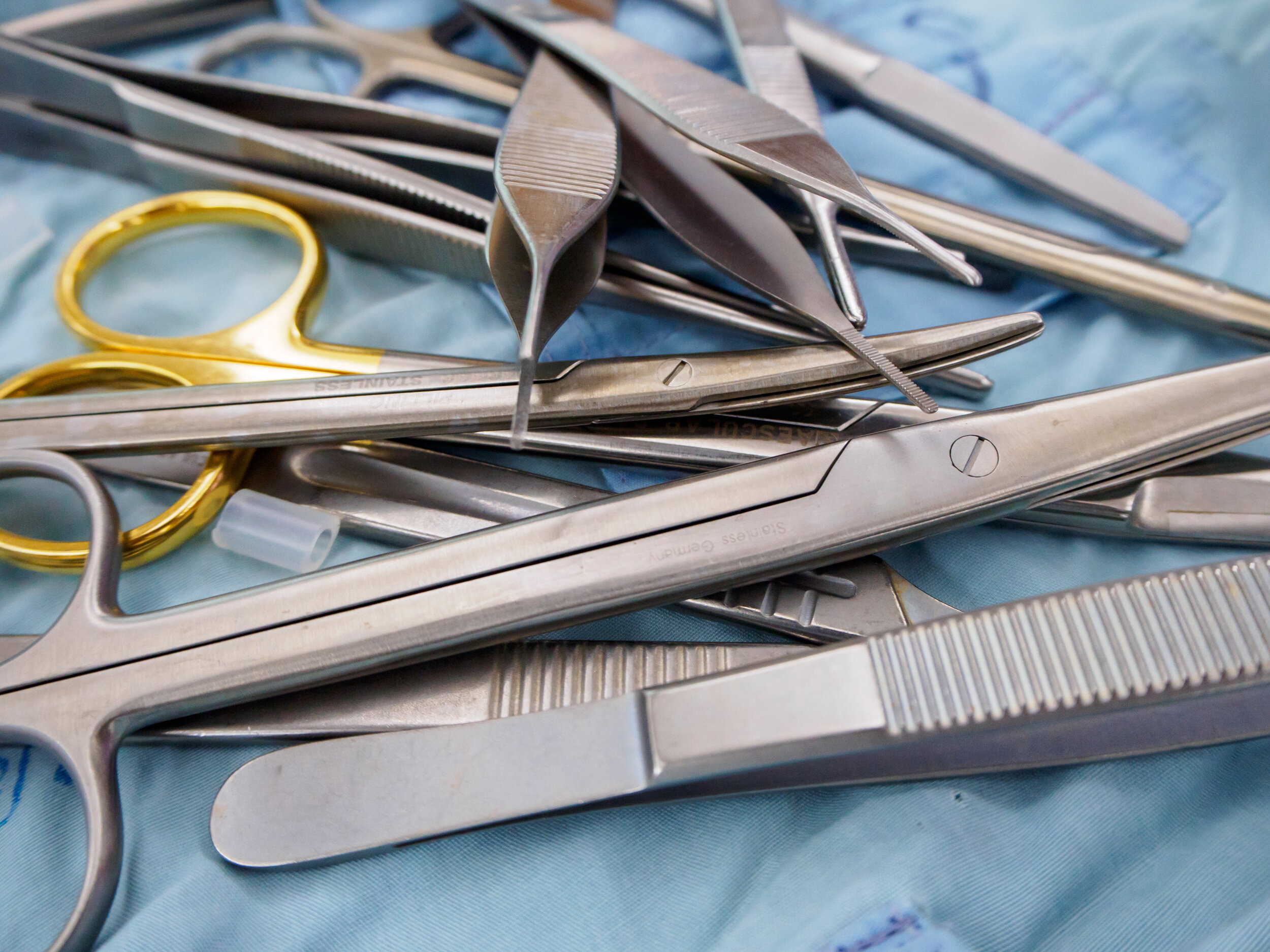OpFlow vs. the rest: why instrument tray optimization hasn’t worked in the past
The excess number of instruments and surplus of trays opened for a case is not a new problem. In fact, it’s been around for a long time and has only continued to get worse at most hospitals.
National data show that over the past 5 years, the number of instruments and trays processed has gone up by 28.8%, while the volume of surgical cases has only increased by 3.0%. That backlog creates a bottleneck that stifles the ability to grow hospital surgical volume.
<img src="https://images.squarespace-cdn.com/content/v1/5a7cf6304c0dbf7eb12ca0bf/1578410801937-Z0MGCZ2KPFUBB41YKE27/shutterstock_1502478617.jpg" alt="shutterstock_1502478617.jpg" />


<img src="https://images.squarespace-cdn.com/content/v1/5a7cf6304c0dbf7eb12ca0bf/1578411537226-4K4NOSJNIB17B7EAGNGF/shutterstock_1392517667.jpg" alt="shutterstock_1392517667.jpg" />
Awareness of this has led many hospitals to seek solutions for the avoidable time and expense related to excess instrumentation.
Those attempts principally fall into two categories:
Internal projects performed by the hospital
Consulting engagements through an external company
Both of those efforts typically fall short of their intended goals.
For an internal project, the hospital must dedicate some portion of its valuable personnel resources toward such an effort. Typically, this entails a multi-year effort that is dependent on a manual process of reviewing instrument tray contents.
A great example of a success story for this type of quality improvement project are the results published by the Virginia Mason Institute. Through a 37-month initiative, they were able to remove 58,728 unnecessary instruments and eliminated $500,000 worth of unused “sleeping” sets from processing in the first year. They reported that just for the Neurosurgery service line, instrument assembly time decreased by 42% and inventory was reduced by 26%.
While there is clearly a potential for considerable reduction of excess instrument volume, few hospitals have a dedicated team of lean methodology experts, and when progress is able to be achieved, there is generally no method in place to ensure that the trays retain their optimal configuration and avoid the inevitable drift back to their prior state.
<img src="https://images.squarespace-cdn.com/content/v1/5a7cf6304c0dbf7eb12ca0bf/1578411711480-4SO06PU0D8ORECGE6E60/shutterstock_316270379+%281%29.jpg" alt="shutterstock_316270379 (1).jpg" />


<img src="https://images.squarespace-cdn.com/content/v1/5a7cf6304c0dbf7eb12ca0bf/1578411788379-XB0PRV62BMGIGOTZHYPE/shutterstock_786831682.jpg" alt="shutterstock_786831682.jpg" />
The second option, outside consultants, may have a more established process in place and provide resources to absorb some of the burden from the hospital. Their process may depend, however, on recollection and anecdotal experience by reviewing the trays in question with all surgeons and OR staff who interact with that tray, without the benefit of actual usage data on hand.
Generally, that results in a negligible reduction of tray contents, and perhaps even an increase net expense for the hospital. That approach is also vulnerable to conflicts of interest if the consultant is also an instrument manufacturer.
There may also be little or no involvement from the company in actually carrying out the proposed changes and, if completed, ensuring that the benefit is not lost by regression back to the previous tray configuration.
In an upcoming post, we’ll examine how OpFlow provides a solution for each one of those shortcomings and in turn delivers a truly transformational approach.
